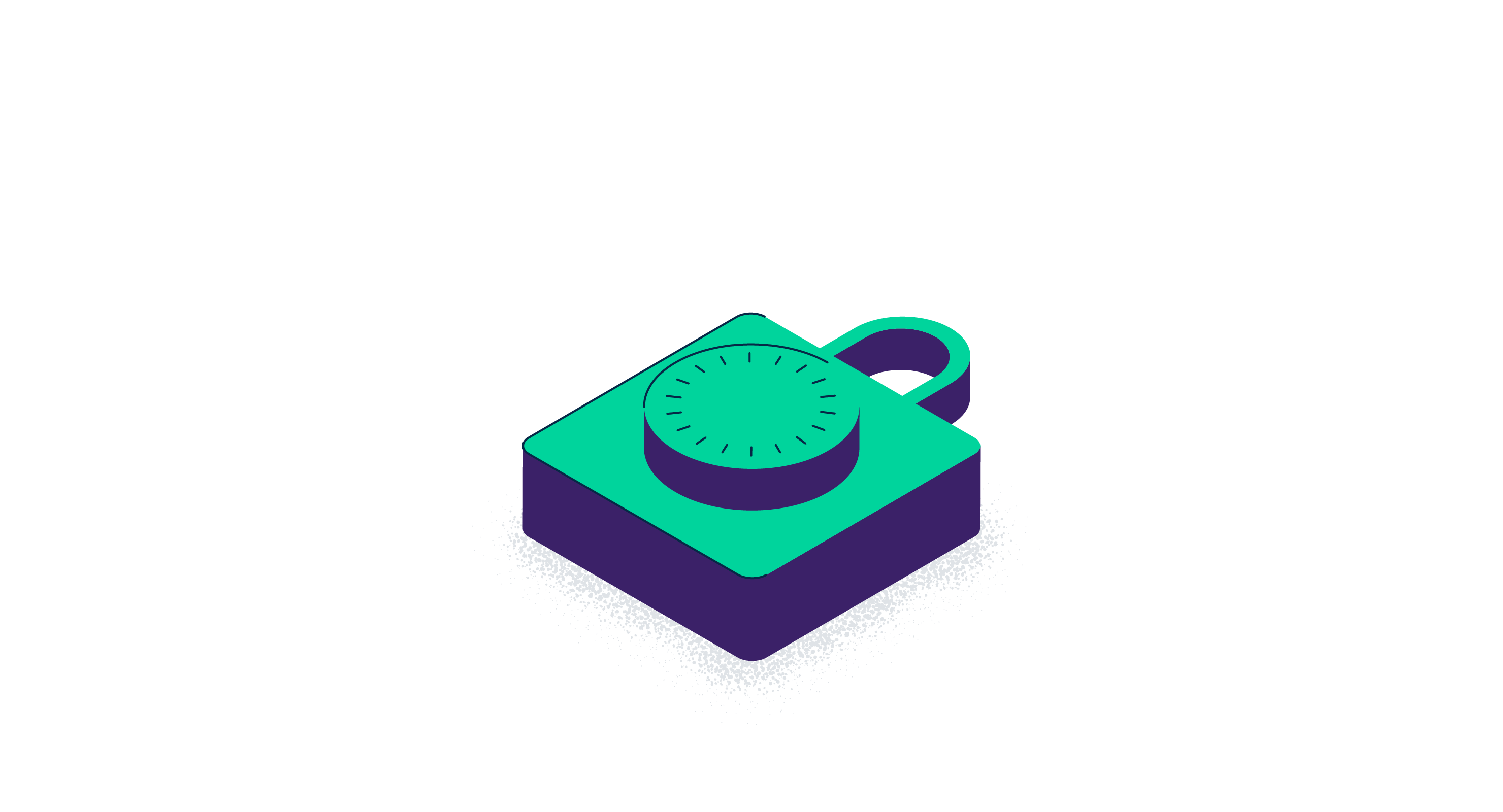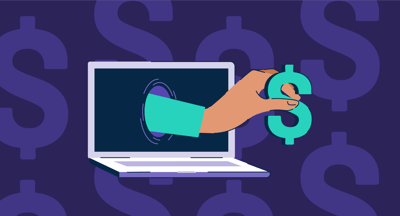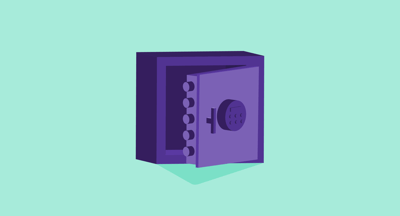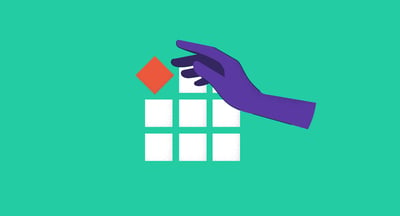December 17, 2020
 by Mara Calvello
by Mara Calvello

 Don't overspend on security
Don't overspend on security
Discover G2 Track Essential and how it can secure your SaaS tools, for free.
Think of all of the data stored within your company’s tech stack.
What would happen if that data fell into the wrong hands?
That isn’t something you want to worry about, which is why it’s so important that the software your company uses has the necessary protocols in place to keep your organization’s sensitive information away from prying eyes.-
Thankfully, it isn’t completely out of your hands, as there are certain formalities that you can take to cross your t’s and dot your i’s when it comes to SaaS security threats, including using a tool like G2 Track.
In a world where there’s an abundance of security threats you should be aware of, there are some that occur more frequently with SaaS tools.
One of the most common types of security threats to look out for are data breaches. A data breach is an unanticipated event where your data and information are exposed to unauthorized third parties. These hackers may attempt to exploit your data for their own advantage, which typically results in a loss of reputation or capital. A data breach will occur when hackers break through your information security systems and controls by exploiting vulnerabilities you may not have even known existed.
A data breach can be especially worrisome when it comes to SaaS tools because of all of the internal information, and data related to your customers, that these applications can house.
Another common security threat for SaaS applications is insider threats, which is a breach of security that originates from within an organization, such as through employees, who have inside information regarding security practices, data, and computer systems.
This sort of attack doesn’t have to necessarily be a current employee or stakeholder within an organization but can also originate from a former employer, board member, or anyone who at one point had access to a company’s confidential and private information.
Something else to look out for? Phishing attempts. These security threats consist of obtaining user information through fraudulent communications targeted directly at people. Phishing is commonly done through emails disguised as coming from a legitimate source but delivers the target’s information back to the hacker’s actual source.
Finally, when it comes to the security of SaaS tools, it’s also important to know the signs of identity theft. Sometimes stemming from a lack of identity management, identity theft is the deliberate use of someone’s personal data and information, typically for financial gain. Always make sure the SaaS tools within your tech stack enable encryption as this is a great way to keep sensitive information from unauthorized access.
Tip: Learn more about data breaches and how you can protect your sensitive information from hackers.
When you think about your growing tech stack, it can be unsettling to think about all of the company data these tools contain. From customer information to the Social Security Numbers of your employees, it’s crucial that the tools within your stack are as secure as possible.
Thankfully, it’s possible to have peace of mind regarding SaaS security. A lot of this peace of mind comes down to your IT management team and having a leader who not only is aware of the above SaaS security threats but who can also audit all of your vendors with a Vendor Security Assessment (VSA).
It’ll be up to the IT manager to implement a VSA across all of the vendors your organization works with regarding SaaS tools. If you store all of your vendor information in a spreadsheet, chances are one or two will slip through the cracks. This is where a SaaS system of record tool like G2 Track comes in handy.
Since G2 Track has an easy-to-read dashboard with a complete and always up to date list of your vendors, you can be sure that each vendor is sent a VSA. If any vendor hasn’t completed this assessment, you can be sure that the next time there’s a call scheduled, or before you renew for another year, this is completely to get your data secure.
Some common VSA questions are:
It’s usually up to your IT leader to send the VSA to the security team of the vendor to complete. Once done, you can have a conversation surrounding the answers regarding any optional risks.
In addition, if you’re considering adding a new tool to your tech stack before you sign on the dotted line, it’s always in your best interest to check that they’re completing their compliance audits, specifically SOC 2.
SOC 2 (Systems and Organizational Controls) is a compliance audit defined by The American Institute of Certified Public Accountants (AICPA). It’s a common compliance standard for modern technology companies, which mainly applies to service providers who store customer data in the cloud. SOC 2 requires these companies to be compliant as they follow strict policies and procedures set in place to protect this private information.
You should never partner with a new vendor that hasn’t passed their SOC 2. If you do, you’re handing over sensitive data to a company that doesn’t have the proper security protocols in place.
One of the advantages of using a VSA is it will pinpoint to your team which vendors are weak on security, or which ones are lacking in terms of their security protocols. With access to this kind of information, you can dive deep into the user sentiment data of these tools.
If one of your SaaS applications has holes in their security protocols, plus your team doesn’t find it to be critical to their daily responsibilities, then it’s easy to decide to remove that tool from your stack. Similarly, if it has weak security systems, and your team finds it to be critical but they don’t particularly like the software, then you can begin to find a tool with similar functionality that does a better job securing sensitive data.
How knowledgeable is your team regarding SaaS security and the threats that can be imminent? Do they know what a phishing email looks like? Are they aware of what sensitive data isn’t required to use the application?
In order to ensure complete SaaS security, your team needs to know the warning signs of all potential threats, while also knowing what type of data they’re providing internally within the tools. They should be mindful not to include any sensitive data that the tool doesn’t need or isn’t relevant, like an SSN.
As previously stated, a SaaS management tool like G2 Track can help you organize your list of vendors, as well as the VSAs they are sent.
Did you know? When you sign up for the G2 Track Enterprise plan you can take advantage of the Contract Concierge service, which enters in all contract information for you.
Additionally, G2 Track will help you to stay compliant and on top of all necessary details regarding Privacy Shield self-certifications, data processing addendums, and GDPR statements. Plus, when you know every app in use within your tech stack, you’ll always know which of these tools have access to employee and company data.
As your company grows, having peace of mind that the SaaS tools within your stack are secure is crucial to your business. That way, you can focus on achieving the short- and long-term goals your company has in place for success, and not whether or not a data breach is around the corner.
Peace of mind doesn't have to make you go over budget. Learn how you can secure your SaaS for free with G2 Track Essential.
Mara Calvello is a Content and Communications Manager at G2. She received her Bachelor of Arts degree from Elmhurst College (now Elmhurst University). Mara writes content highlighting G2 newsroom events and customer marketing case studies, while also focusing on social media and communications for G2. She previously wrote content to support our G2 Tea newsletter, as well as categories on artificial intelligence, natural language understanding (NLU), AI code generation, synthetic data, and more. In her spare time, she's out exploring with her rescue dog Zeke or enjoying a good book.
 Don't overspend on security
Don't overspend on security
Discover G2 Track Essential and how it can secure your SaaS tools, for free.
G2 recently released its annual Software Buyer Behavior Report that includes some important...
 by Natalie Robb
by Natalie Robb
Your company stores a lot of personal data in its SaaS applications.
 by Mara Calvello
by Mara Calvello
Think about how many SaaS applications your business uses.
 by Mara Calvello
by Mara Calvello
G2 recently released its annual Software Buyer Behavior Report that includes some important...
 by Natalie Robb
by Natalie Robb
Your company stores a lot of personal data in its SaaS applications.
 by Mara Calvello
by Mara Calvello


